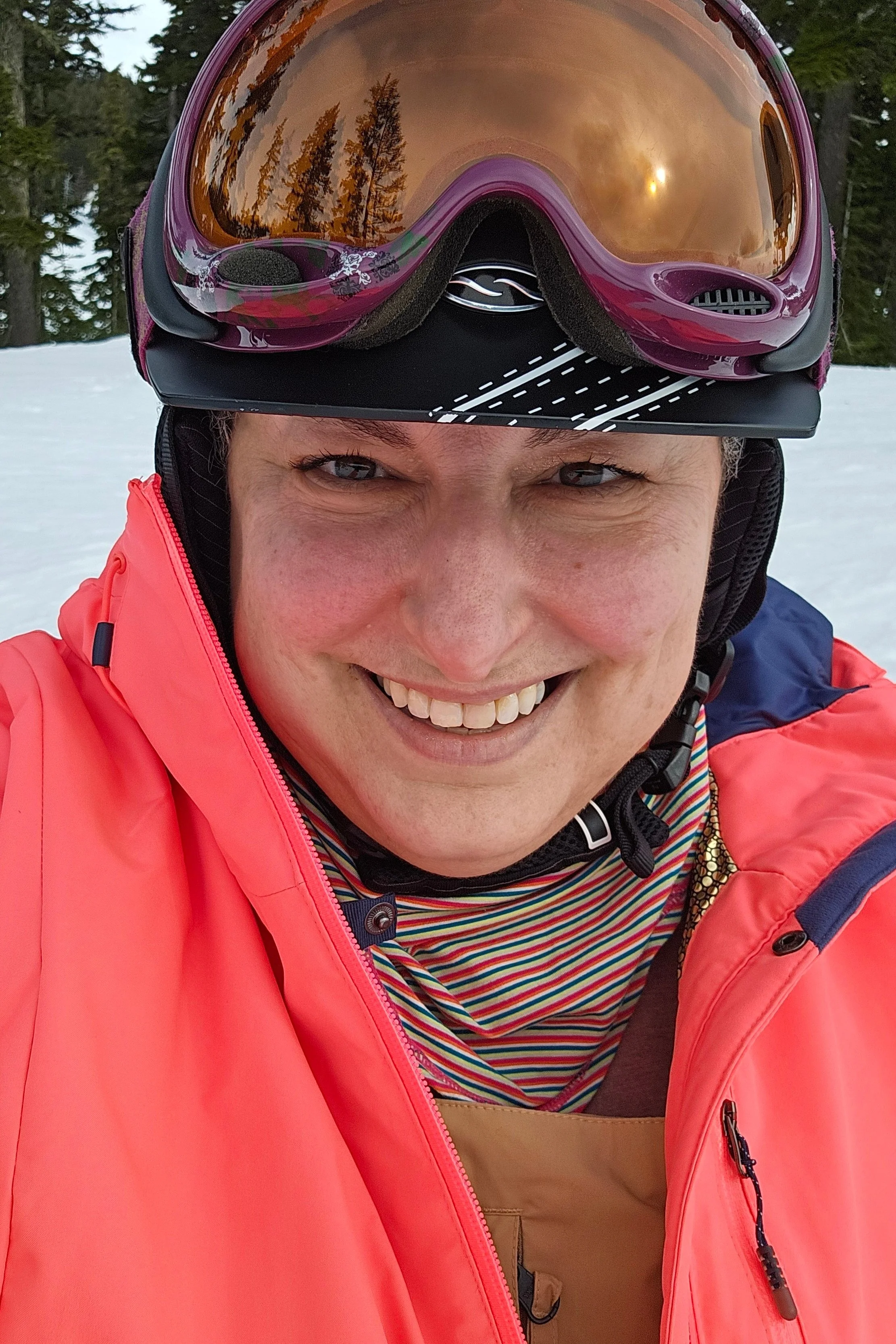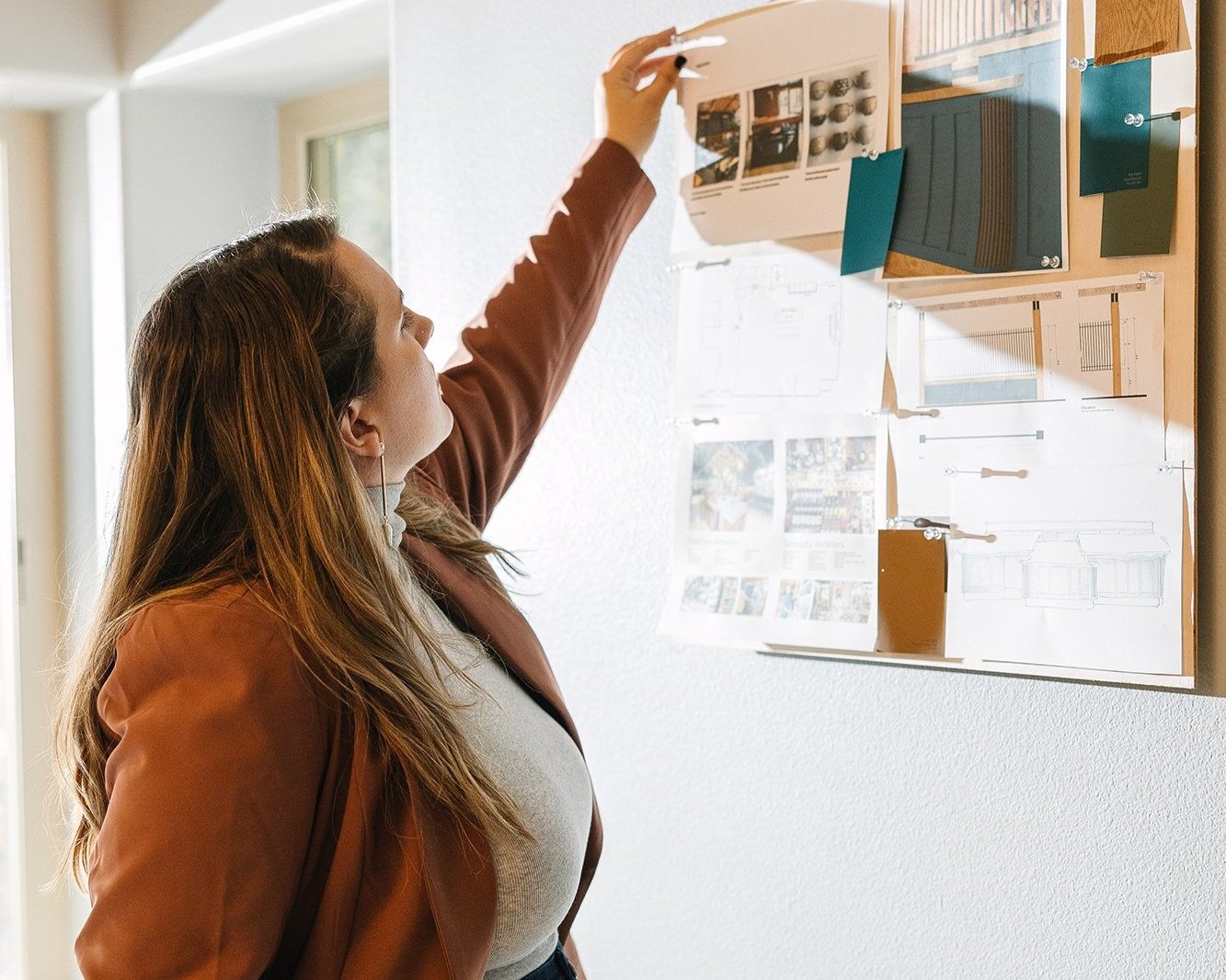Articles
How these 9 Women in the outdoor industry are Challenging Norms
These 9 women in the outdoor industry are currently making moves to challenge and change the outdoor industry to be more inclusive for all.
Norms and Women in the Outdoor Industry
Climbing, mountain biking, skiing, backpacking, surfing, and even hiking are all examples of outdoor sports that are dominated by male-centric product design, marketing, and leadership even though women enjoy and make up a large percentage of the people who take part in these outdoor activities. The term “shrink-it-and-pink-it” refers to outdoor companies ignoring the fact that women are part of the outdoor industry and that their bodies are different from men's. Instead of creating gear specifically for women, brands will create the same gear for women’s lines, just in different colors and a bit smaller sizes.
Not only do brands neglect to make gear tailored to women, but many outdoor brands also ignore making inclusive sizing for women. The average-sized woman in the United States is a size 18, and have larger hips, breasts, and legs than their male counterparts. This makes enjoying outdoor activities harder for women as the gear they purchase is not made for their bodies. Footwear is notorious for being uncomfortable for women as it has been historically designed for men’s feet. Ski boots are one of the most common examples of footwear not being designed with room for women’s calves, especially plus-sized women. Even wetsuits made by the biggest brand in the industry only go up to a size 16. Backpacks are commonly not designed to fit comfortably around women’s breasts and hips.
Many brands don’t even bother to attempt to make a women's line, forcing women to purchase men’s gear to enjoy their sport of choice. Even women in the outdoor industry report they are intimidated to walk into retail stores that only cater to men's apparel making sports feel out of reach.
Why the outdoor industry needs to include women
Although we love the idea of equality for equality's sake, there is a huge monetary reason outdoor brands should care about leaving women out. According to Bridget Brennan’s research, women make 70% of purchasing decisions for the household. This means where women spend their money is where the households’ money is getting spent and their hobbies are getting passed down to their children. By not making outdoor gear for women’s bodies, the outdoor industry as a whole is missing huge opportunities to get the next generation excited and lifelong customers in their sport.
9 Women in the Outdoor Industry that are Challenging Norms
Fortunately, many people who have put up with the lack of representation in the outdoor industry for years are working on making changes to include women and other under-represented groups in the conversation. Although there are a bunch of incredible women and men working to make the outdoor space more inclusive, we wanted to highlight these 9 women in the outdoor industry who are currently making moves to change the industry for good!
Make it stand out
Annette Diggs - Skier, Instructor, Founder
Annette Diggs is the founder of EDGE Cycle, a program that helps cultivate inclusivity in the world of snow sports for Black, Indigenous, Women of Color (cis, trans, queer) in the world of snow sports. During her first ski lesson she noticed how exclusive the entire ski industry was and vowed to make a change. Her first goal was to become an instructor, but quickly realized there was more work to do. Through EDGE Cycle she has worked to not only introduce people to the world of snow sports, but help them become leaders that pave the way for future generations.
Learn more by about Annette Diggs and EDGE Cycle by visiting edgeoutdoors.org and following along on Instagram @edge_pnw.
Make it stand out
Andrea Kelly - Advocate, Educator, Founder/CEO of Make Plus Equal
Andrea Kelly worked as a product developer, merchandiser, and more in the outdoor industry for over two decades creating gear for the “regular-sized” person. In 2015, she read an article that shared that 69% of women in North America are plus-sized. Right then and there she had an aha-moment and decided to fight for inclusive sizing for men and women in the outdoor industry. Andrea now works with outdoor brands as a consultant to help them create their gear in sizes for all bodies. Some of her most influential work includes the expansion of the size-inclusive line at Columbia. They now have one of the most comprehensive size-inclusive offerings in the outdoor industry!
Learn more about Andrea Kelly by visiting makeplusequal.com and following along on social media @makeplusequal.
Make it stand out
Brittany Coleman - Founder, CEO & a Tough Cutie
Brittany Coleman is founder and CEO of Tough Cutie, a women’s hiking sock company. With a background in the outdoor industry, Brittany learned first hand that the outdoor industry didn’t include women in the conversation. She recalls being in countless meetings where brands simply made women’s gear so that they could “tag along” with the outdoorsy men in their life. Brittany decided she wanted to make a brand where women were the stars of the story. All her designs are of the utmost quality and made to last so that women can have the same access to the outdoors as men.
Learn more about Brittany Coleman and Tough Cutie by visiting toughcutie.com and following along on social media at @toughcutiebrand
Make it stand out
Cassie Abel - CEO, Founder & Inspiration
Cassie Abel is the founder and CEO of Wild Rye, a company that makes gear for women that want to spend more time in the mountains. Her products are geared towards women who mountain bike and enjoy winter activities. Like Brittany Coleman, she was tired of the inequality of representation women in the outdoor industry were given and was ready to do something about it!
Learn more by about Cassie Abel and Wild Rye by visiting wild-rye.com and following along on social media @wild_rye_
Jenny Bruso - Founder & Body Liberation Activist
Jenny Bruso was tired of the marketing that only represented an outdoorsy person being a toned, straight, white guy. Jenny created Unlikely Hikers for adventures who are anything but the stereotype most companies display. From plus-sized, people of color, disabled persons and beyond, Unlikely Hikers has created a community to celebrate everyone enjoying the outdoors.
Learn more about Jenny Bruso and Unlikely Hikers by visiting unlikelyhikers.org and following along on Instagram at @unlikelyhikers.
Jessica Boynton - Founder, Designer & Surfer
After a tropical trip, Jessica Boynton was frustrated with her swimwear. From falling off to the lack of being able to carry anything with her, she knew there had to be a better way so Hakuna Wear was born. Made with sustainable fabrics and in inclusive sizing that goes up to 6x in certain styles, Hakuna Wear is designed to empower men and women. In the name of empowerment, one thing Jessica wouldn’t stand for was unrealistic models wearing her suits. Instead, she decided her models would be real people with real bodies. She took empowerment even further when she launched Hakuna Labs, a way for her community to submit suit designs.
Learn more about Jessica Boynton and Hakuna Wear by visiting hakunawear.com and following along on social media @hakunawear
Make it stand out
Jen Gurecki - Founder, CEO & Adventurer
An adventurer at heart, Jen Gurecki quickly fell in love with sliding on the snow. Unfortunately, the world of snowsports isn’t the most accepting space. From toxic bro culture on the slopes to shrink-it-and-pink-it gear, Jen wanted more from the industry she loved so much. Coalition Snow started as an experiment that has quickly grown into a platform of inclusion for women in the outdoor industry.
Learn more about Jen Gurecki and Coalition Snow by visiting coalitionsnow.com and following along on social media @coalitionsnow
Lauren Fleshman - Athlete, Coach & Author
As a collegiate athlete Lauren Fleshman experienced first hand how not only products are designed for men and boys, but also coaching tactics. She dove into researching how puberty and monthly cycles affect women’s performance and injury rate. Lauren discovered young women drop sports, develop mental health disorders, and routinely fall victim to injury because their bodies were ignored. Through her work, Lauren’s aim is to to rebuild the system of sports to create an inclusive and safe environment for female competitors and women in the outdoor industry.
Learn more about Lauren Fleshman by visiting her website laurenfleshman.com, following along on social media @fleshmanflyer, and picking up a copy of her book, Good for a Girl.
Lestarya Tuadi Molloy - CEO & Outdoor Lover
Lestarya didn’t grow up as an outdoorsy person because she didn’t know anyone who enjoyed outdoor activities. In college, she started exploring the outdoors with friends who knew where to go and what they needed and quickly fell in love with spending time in nature. She came up with the idea of Fridie Outdoors as a way to empower everyone and anyone to get outdoors and go camping.
Learn more about Lestarya Tuadi Molloy and Fridie Outdoors by visiting fridieoutdoors.com and following on social media @fridieoutdoors.
Final Thoughts on the norms of excluding Women in the Outdoor Industry
Although the outdoor industry has been and still is predominantly homogeneous, there are a lot more people than just the few incredible women on this list working to change it. From product developers like Andrea Kelly to former athletes like Lauren Fleshmen, the outdoor industry is becoming more inclusive for all. The best way for you to get behind the mission of these amazing women is to join and support their communities.
How we are fighting for inclusion
Our purpose at Feels on Brand is to help support women-owned emerging businesses that are environmentally-minded, inclusive, and inspire their community to spend time outdoors. Through creating unforgettable retail spaces, we can help purpose-driven companies succeed in the competitive space of retail.










